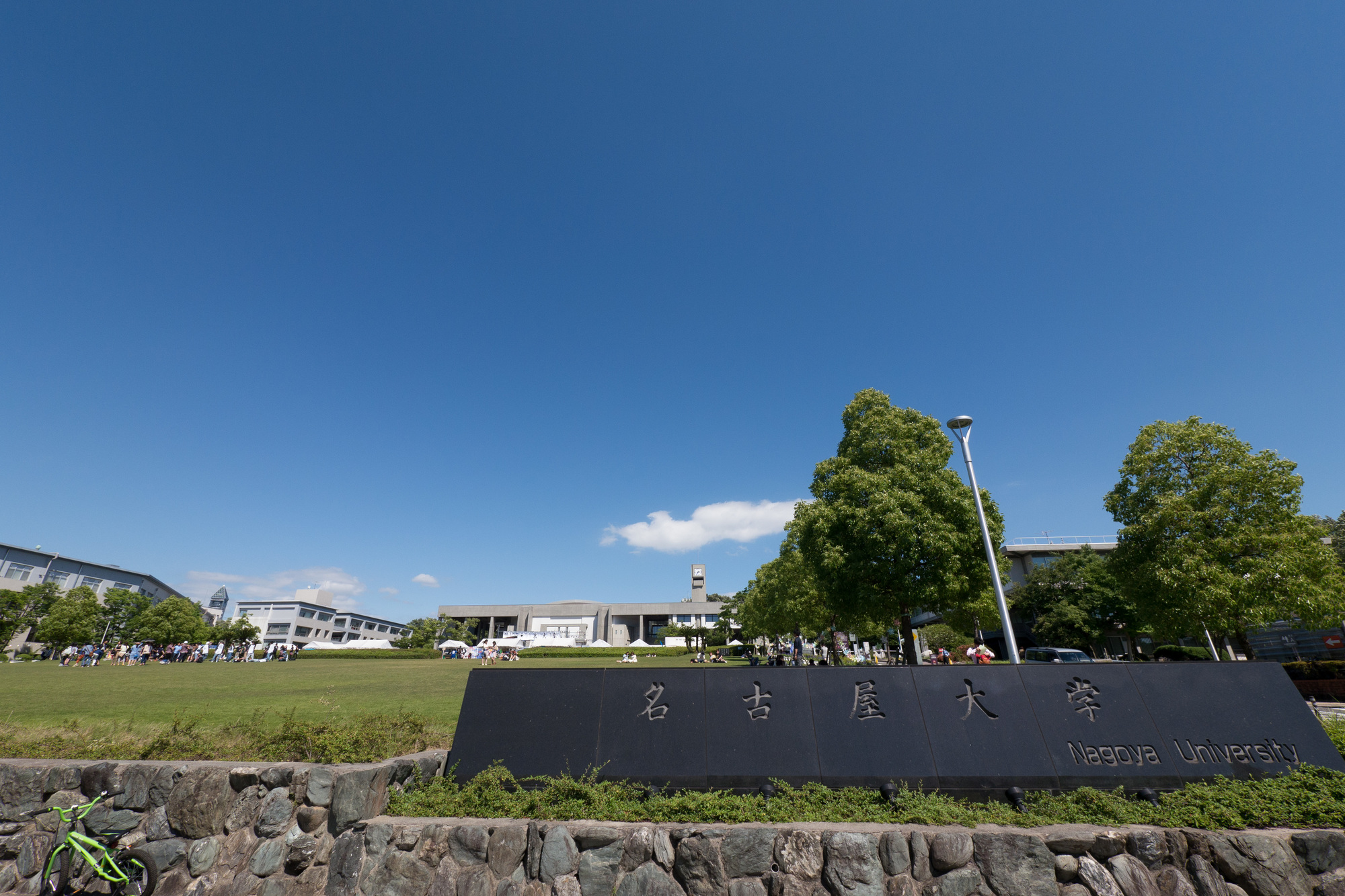In a joint study with Nagoya University and Hokkaido University, a research group at the Life Creation Exploration Center/National Institute for Physiological Sciences has found that groups of nerve cells, which are the control tower for the brain's 24-hour rhythm (circadian rhythm), are exposed to low temperatures. They discovered that when the clock stops beating and is warmed up again, the time resets and the rhythm resumes.
The cells and organs that make up the body have a 24-hour rhythm, which is important for the health of the mind and body.It is known that what controls this 24-hour rhythm is the activity of a group of neurons in the suprachiasmatic nucleus deep in the brain called the circadian rhythm center.
This time, we measured the transcriptional rhythm of clock genes and the circadian rhythm of intracellular calcium in the suprachiasmatic nucleus of mice and hamsters simultaneously and analyzed the low-temperature properties of the suprachiasmatic nucleus.
As a result, the transcription of clock genes in the suprachiasmatic nucleus and the circadian rhythm of intracellular calcium continue to tick in the temperature range of 22°C to 35°C, but stop when exposed to temperatures as low as 15°C. Also, when the temperature was returned from a low temperature of 15 degrees Celsius to around 35 degrees Celsius, the time of both circadian rhythms was reset and time started ticking again.
Furthermore, at 15°C, the intracellular calcium concentration increases and the rhythm stops, and although the circadian calcium rhythm quickly returns to a stable rhythm after warming, the clock gene transcription rhythm remains unchanged for several days. Over time, the rhythm gradually recovered to follow the circadian calcium rhythm.
The results of this study suggest that in conditions of extreme hypothermia, such as those seen in mammalian hibernation, the rhythm stops, and that once hibernation ends, the time is reset and the rhythm resumes. The research is expected to contribute to the understanding of the mechanism of hibernation, which has been a long-standing mystery.
Paper information:[iScience]Cold-induced Suspension and Resetting of Ca2+ and Transcriptional Rhythms in theSuprachiasmatic Nucleus Neurons


